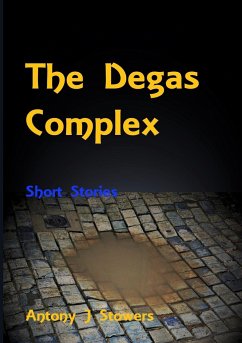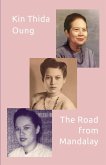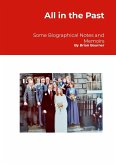'Imagination links with memory' is a quote attributed to the Impressionist painter Edgar Degas (1834-1917) and one which he passed on as advice to many apprentice artists including Paul Gauguin, the title chosen to reflect this quote as it sums up what this book of short stories is: memories mixed up like colours on a Degas palette with liberal sprinkling of contemporary adult imagination. This collection of short stories - featuring 'Take a bow', 'What the butler saw', 'Josephine Shakespeare' and 'Monkey Jack' - set in Darlington in the 1970's does exactly that: links the distant, childhood and youthful memories of the author Jethro Anson Nowsty with his own contemporary imagination in this the third instalment of his life.
Hinweis: Dieser Artikel kann nur an eine deutsche Lieferadresse ausgeliefert werden.
Hinweis: Dieser Artikel kann nur an eine deutsche Lieferadresse ausgeliefert werden.








